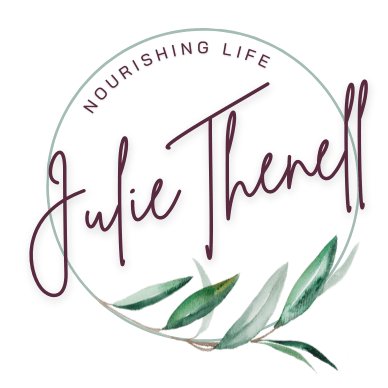Mushrooms are in a category all their own. Neither fruit nor vegetable; plant nor animal, they are the fruiting bodies of fungi. What we see above ground is just a small portion of a larger network that permeates the underground. There are an estimated three million varieties of fungi; 350 of which are known to be edible.
As a low-calorie food, mushrooms are loaded with health-boosting vitamins, minerals, and antioxidants. Some of the more common types of edible mushrooms are cordyceps, reishi, chaga, turkey tail, lion’s mane, maitake, shiitake, morel, portobello, oyster, cremini, porcini, and honey.
Whichever variety of mushrooms you use on this pizza, the health benefits and flavors will explode with each bite.
Note: I recently discovered Cappello’s Naked Pizza Crust, a grain- and dairy-free option. It’s on the expensive side but worth the indulgence when a craving for pizza hits.
Ingredients:
1 large leek, washed and sliced into 1/4″ pieces
2 T olive oil
2-3 garlic cloves, minced
2 C mushrooms, cleaned and sliced into 1/4″ pieces
1 tsp fresh oregano or thyme
1/2 C crumbled feta or goat cheese
1/2 C black olives, chopped
1 fresh or frozen pizza crust
Sea salt and pepper to taste
Instructions:
1. Place a baking sheet in the oven and preheat to 425°F.
2. Cut leek lengthwise and thoroughly wash to remove all dirt between layers. Chop the white and green parts into 1/4″ pieces.
3. Heat olive oil in a large skillet over medium heat. Add leek and minced garlic. Cook for 2-3 minutes until vegetables start to soften.
4. Add sliced mushrooms. Cook for about 5 minutes.
5. Add salt, pepper, and oregano or thyme. Remove from heat and set aside.
6. Top pizza crust with mushroom and leek mixture, spreading evenly close to the edges. Add crumbled cheese and black olives.
7. Bake for 10-15 minutes until crust is desired crispness.
Ingredient benefits:
Mushrooms – The primary health benefit of mushrooms can be attributed to their polysaccharide components – lentinan and beta-glucan. Long considered a symbol of longevity, research has shown mushrooms can help strengthen the immune system, lower cholesterol, stimulate the production of white blood cells, and fight infections. They are a good source of selenium, potassium, zinc, vitamins C and D, protein, and dietary fiber.
Leek – Like onions and garlic, leeks are part of the Allium family. They are a good source of vitamins B6 and C, folic acid, manganese, potassium, iron, and dietary fiber. Because leeks are less dense than onions and garlic, larger amounts need to be consumed to provide comparable health benefits – immune support, heart protection, digestive support, improved circulation. Wild leeks are known as “ramps.”
Thyme – Related to mint, this herb grows as a small shrub with tiny leaves. Thyme is pungent, mildly bitter, warm, and drying. It is a powerful antiseptic that acts against bacteria, molds, and parasites. Consumed as tea, it can soothe respiratory infections, colds, and coughs. A recent line of research reports thyme’s benefits in improving brain function.
Recipe adapted from Natural Grocers®.
Mars, B. (2004). Rawsome! Laguna Beach, CA: Basic Health Publications Inc.
Murry, M. (2005). The Encyclopedia of Healing Foods. New York, NY: Atria Books





